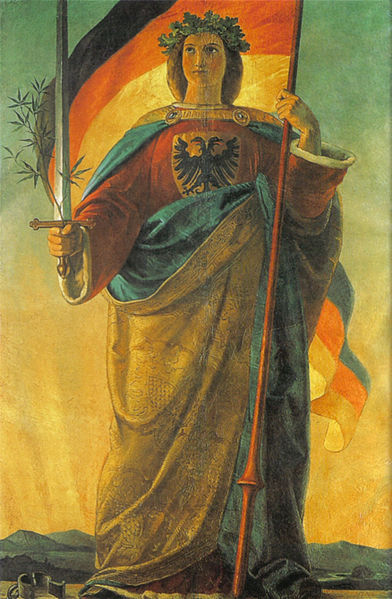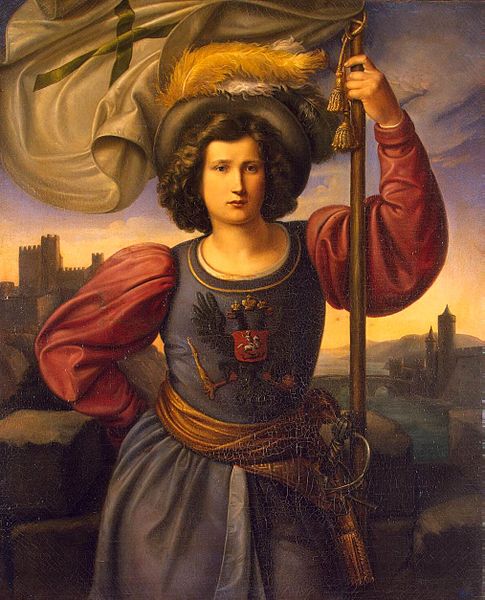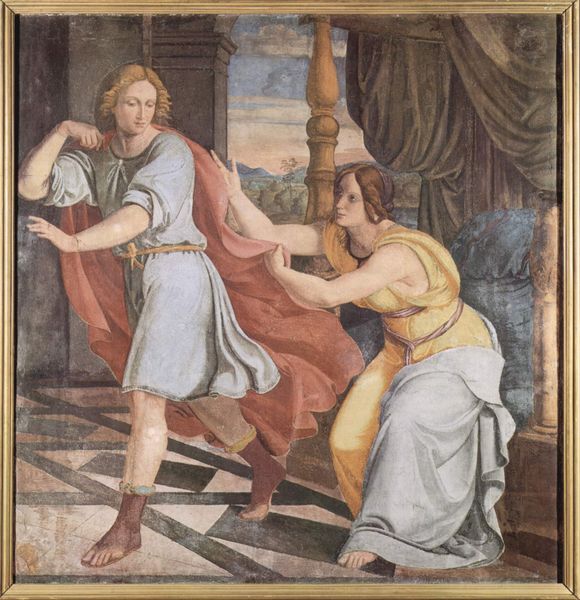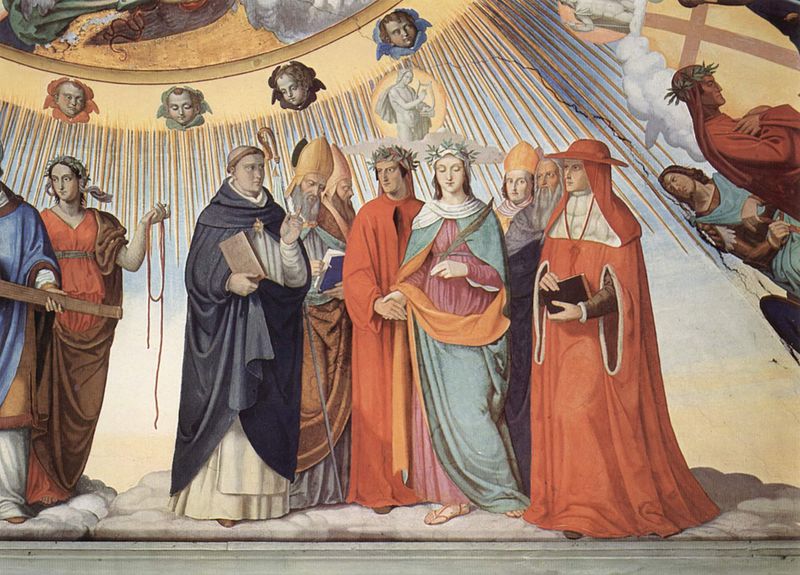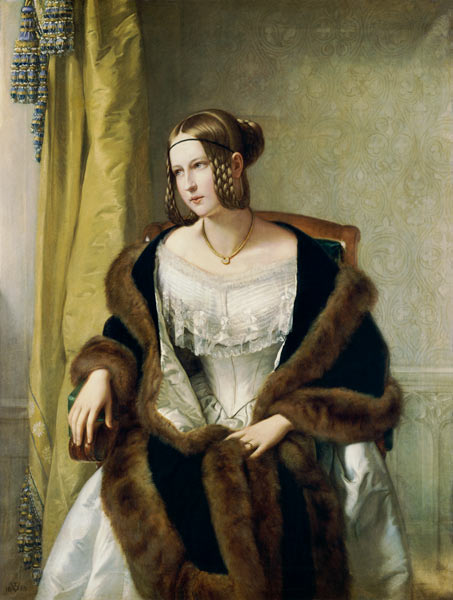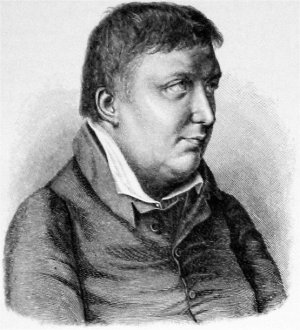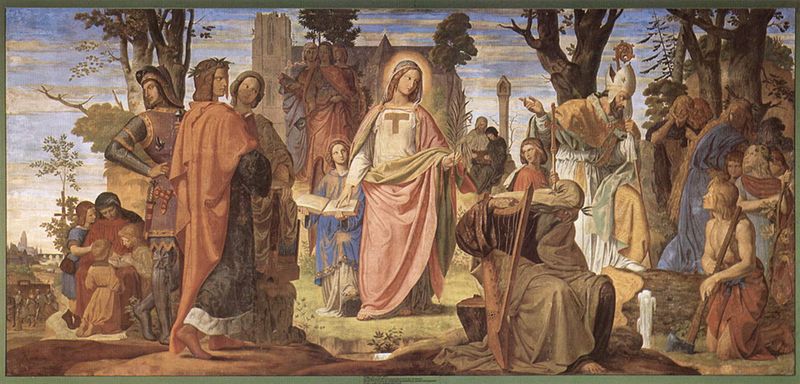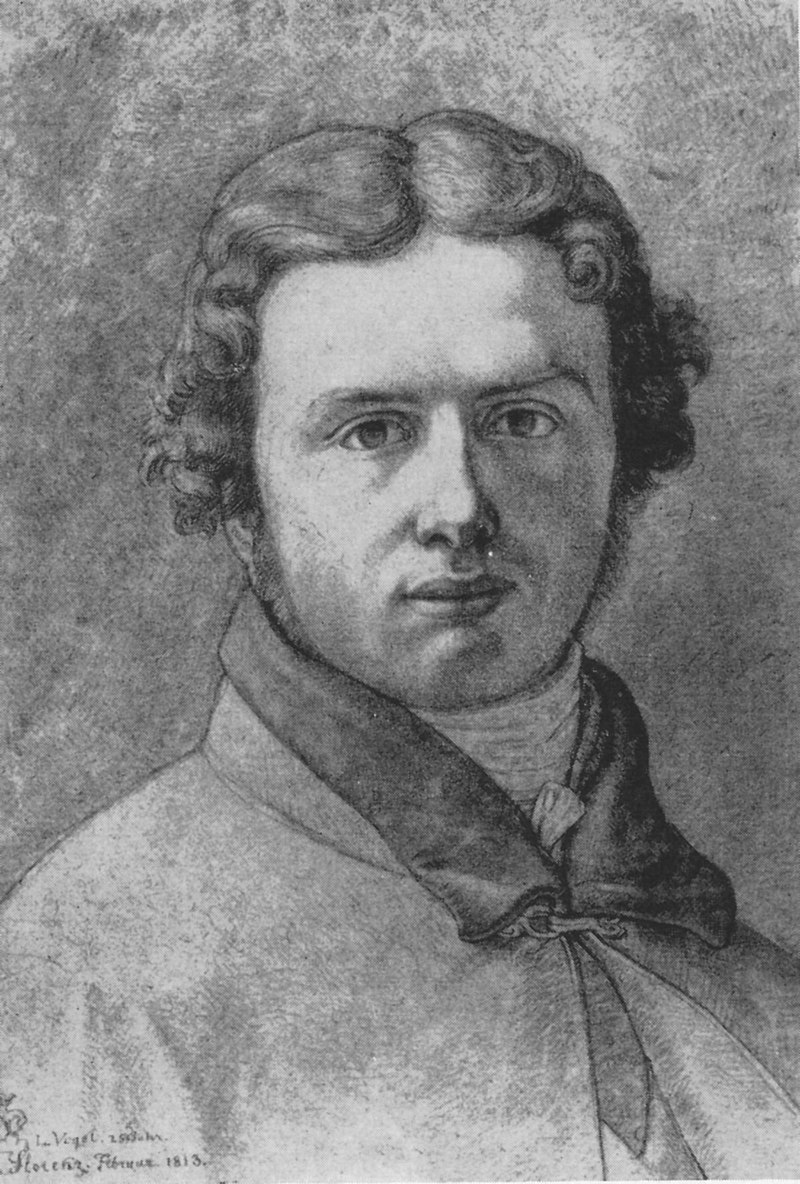<Back to Index>
- Painter Georg Ludwig Vogel, 1788
- Painter Philipp Veit, 1793
PAGE SPONSOR
Georg Ludwig Vogel (10 July 1788, Zürich - 21 August 1879, Zürich) was a Swiss history painter, associated with the Nazarene movement.
He
originally followed in his father's footsteps and became a
confectioner. He had, however, shown an early aptitude for drawing,
which was supported by his family, and began receiving lessons as early
as 1794. Later, even though he had not yet made a final decision to be
an artist, he studied with Henry Fuseli (one of his father's customers)
and Hans Jakob Oeri. None of them became major influences on his style.
In 1808, after traveling about, he chose to enroll at the Academy of
Fine Arts, Vienna, partly because Vienna was a major center for the
confectionery trade, if painting did not work out.
While there, he was more influenced by his classmates, such as Franz
Pforr and Friedrich Overbeck, than by his instructors. Becoming
increasingly dissatisfied with his course of study, he joined the
Brotherhood of St.Lucas, which was opposed to "academic trivia and
manners". By 1810, its members felt they had been "virtually expelled"
and submitted their resignations.
That year he, Pforr, Overbeck and Konrad Hottinger (1788 - 1828) decided
to make a journey to Rome, where he became part of a group that
included Bertel Thorvaldsen, Joseph Anton Koch and Peter von Cornelius,
and came under the influence of the Quattrocentists. Efforts by Overbeck
to convert him to Catholicism were, however, rejected. He soon painted
his first full - scale canvas, depicting the return of Swiss forces from
the Battle of Morgarten. After spending some time in Naples, Florence
and Milan, he returned home.
Once there, he established a studio in a home his father had acquired in
Upper Schönenberg that had formerly belonged to Johann Jakob Bodmer. He
then produced a series of paintings portraying the folk life and
history of Switzerland; an activity he continued into the 1860s. One of
the best known, dealing with the Rütlischwur of 1307, was made into a
popular engraving by Carl Arnold Gonzenbach. In 1818, he married a
sister of the portrait painter, David Sulzer. They had ten children, but
only three survived him. During these years, he did little else but
paint and make an occasional trip to organize exhibitions, especially to
Stuttgart and Milan.
He later became the patron of the Swiss history painter, Johann Caspar
Bosshardt who, with his assistance, was able to enroll at the
Kunstakademie Düsseldorf and study with Theodor Hildebrandt.
Most of his works are in private collections. A major retrospective was held by the Zürich Artists' Society in 1881.
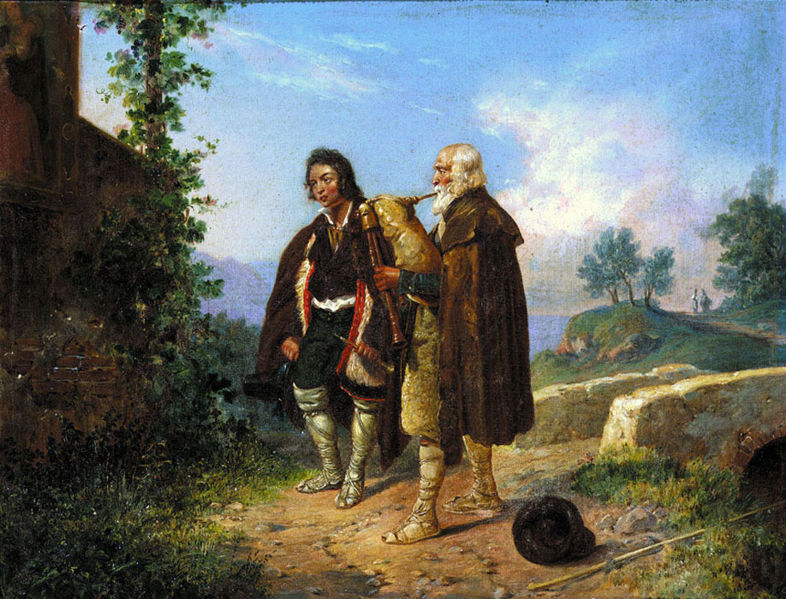
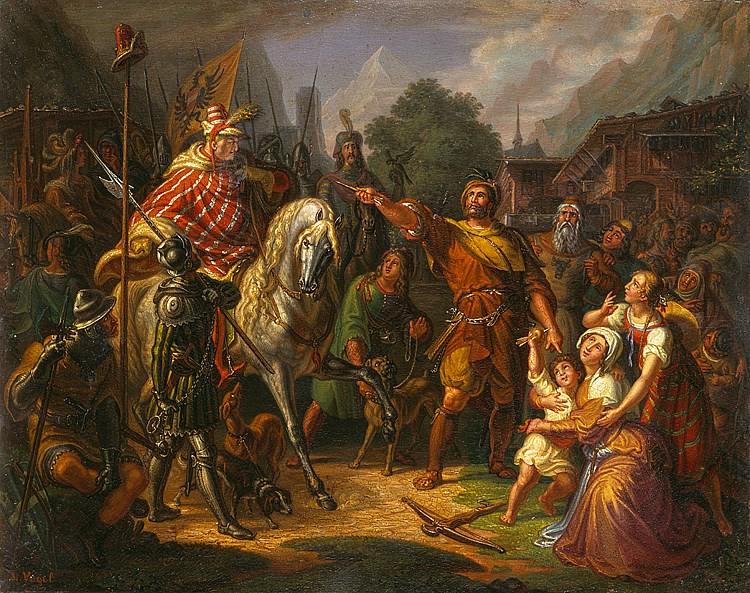
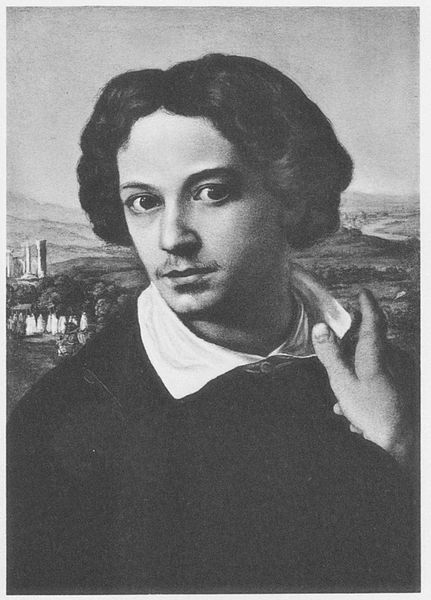
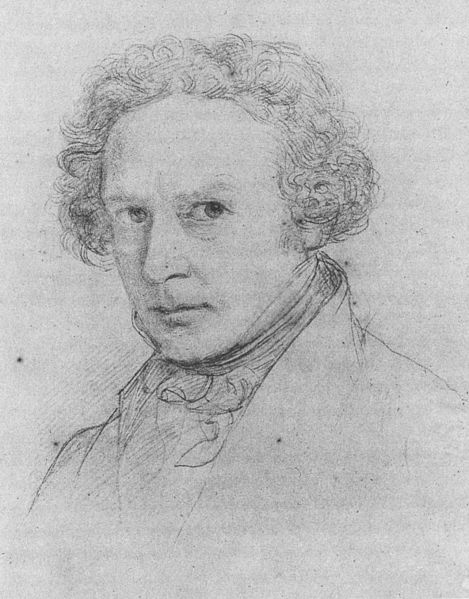
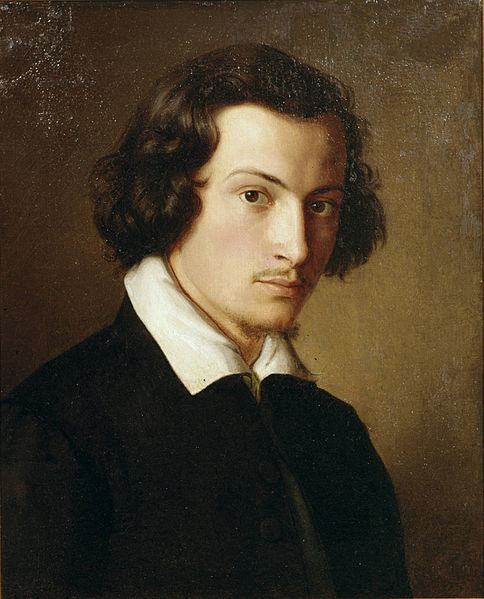
Philipp Veit (13 February 1793 – 18 December 1877) was a German Romantic painter. To Veit is due the credit of having been the first to revive the almost forgotten technique of fresco painting.
Veit was born in Berlin, Prussia. He was the son of banker Simon Veit and his wife Dorothea, daughter of Moses Mendelssohn, who subsequently left him to marry Friedrich Schlegel. Veit received his first art education in Dresden and Vienna. He was strongly influenced by, and joined, the Nazarene movement in Rome, where he worked for some years before moving to Frankfurt.
In Frankfurt, where his most important works are preserved at the Städel, he was active from 1830 to 1843 as director of the art collections and as professor of painting. From 1853 till his death in 1877 he held the post of director of the municipal gallery at Mainz. Like his fellow Nazarenes he was more draftsman than painter, and though his sense of color was stronger than that of Overbeck or Cornelius, his works are generally more of the nature of colored cartoons than of paintings in the modern sense.
Veit's principal work is the large fresco of The Introduction of Christianity into Germany by St Boniface, at the Städel. In the Frankfurt Cathedral is his Assumption, while the Alte Nationalgalerie of Berlin has his painting of The Two Marys at the Sepulchre. An example of his romantic work is Germania, a national personification of Germany, located in the Germanisches Nationalmuseum of Nuremberg.
